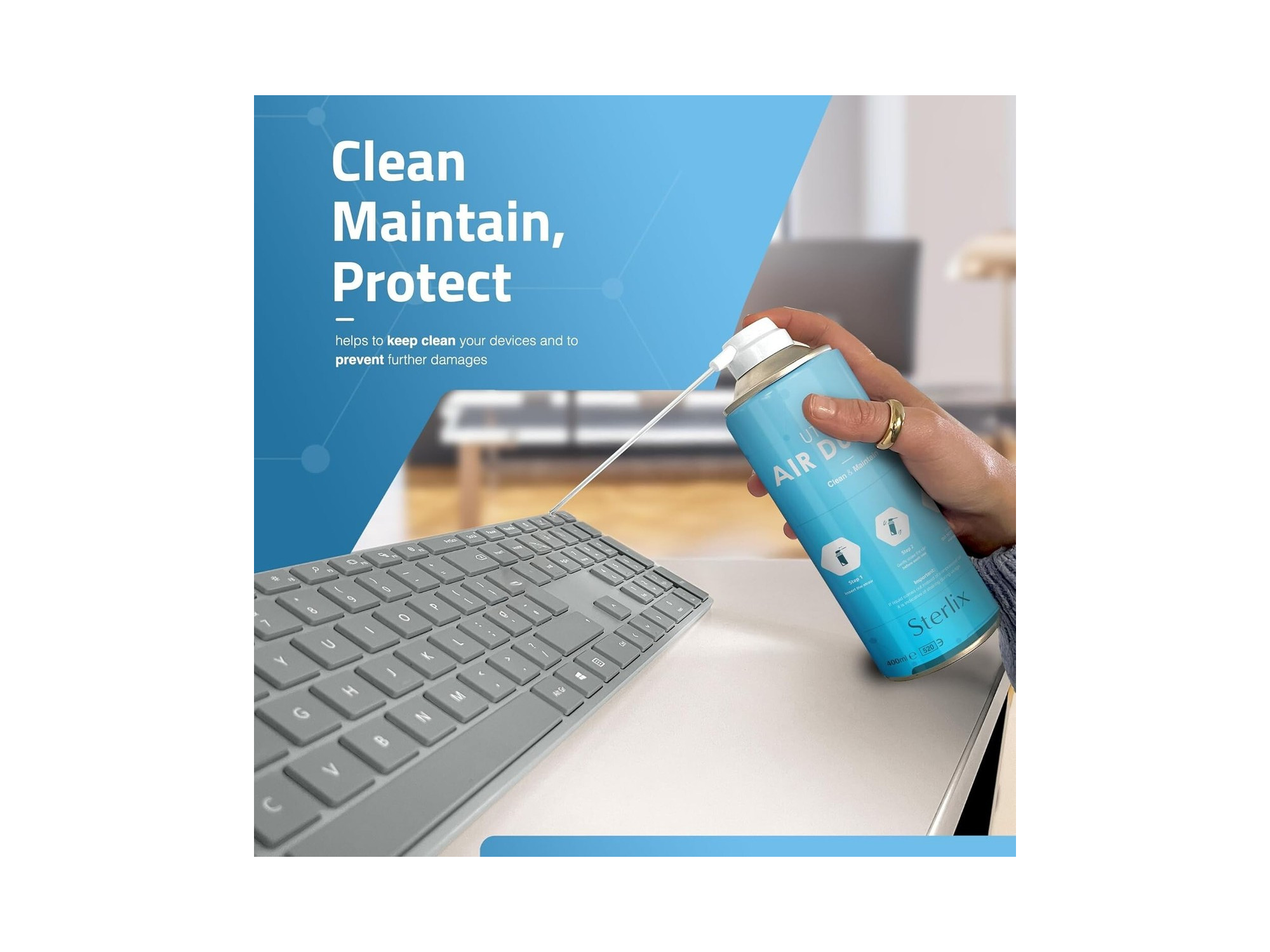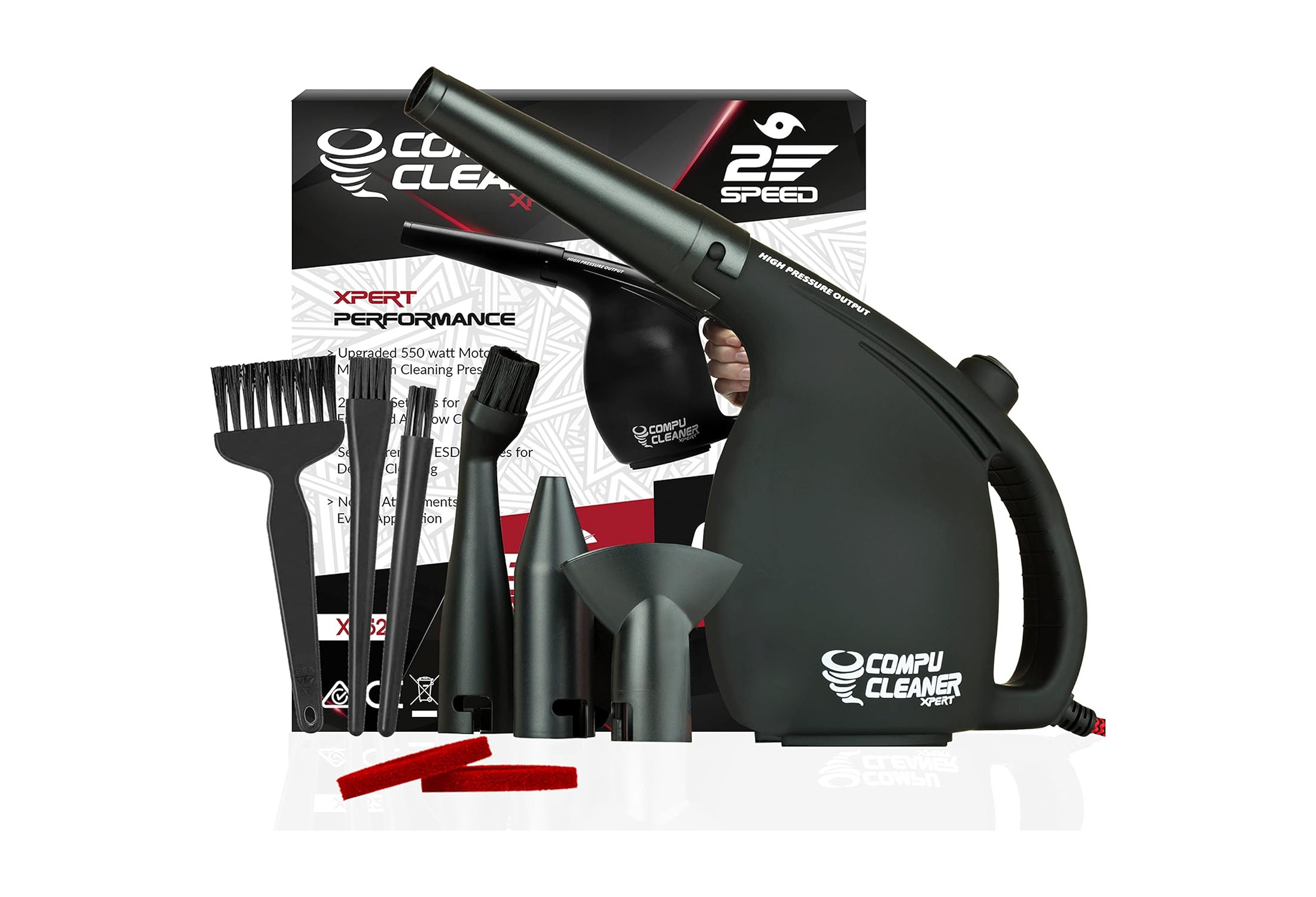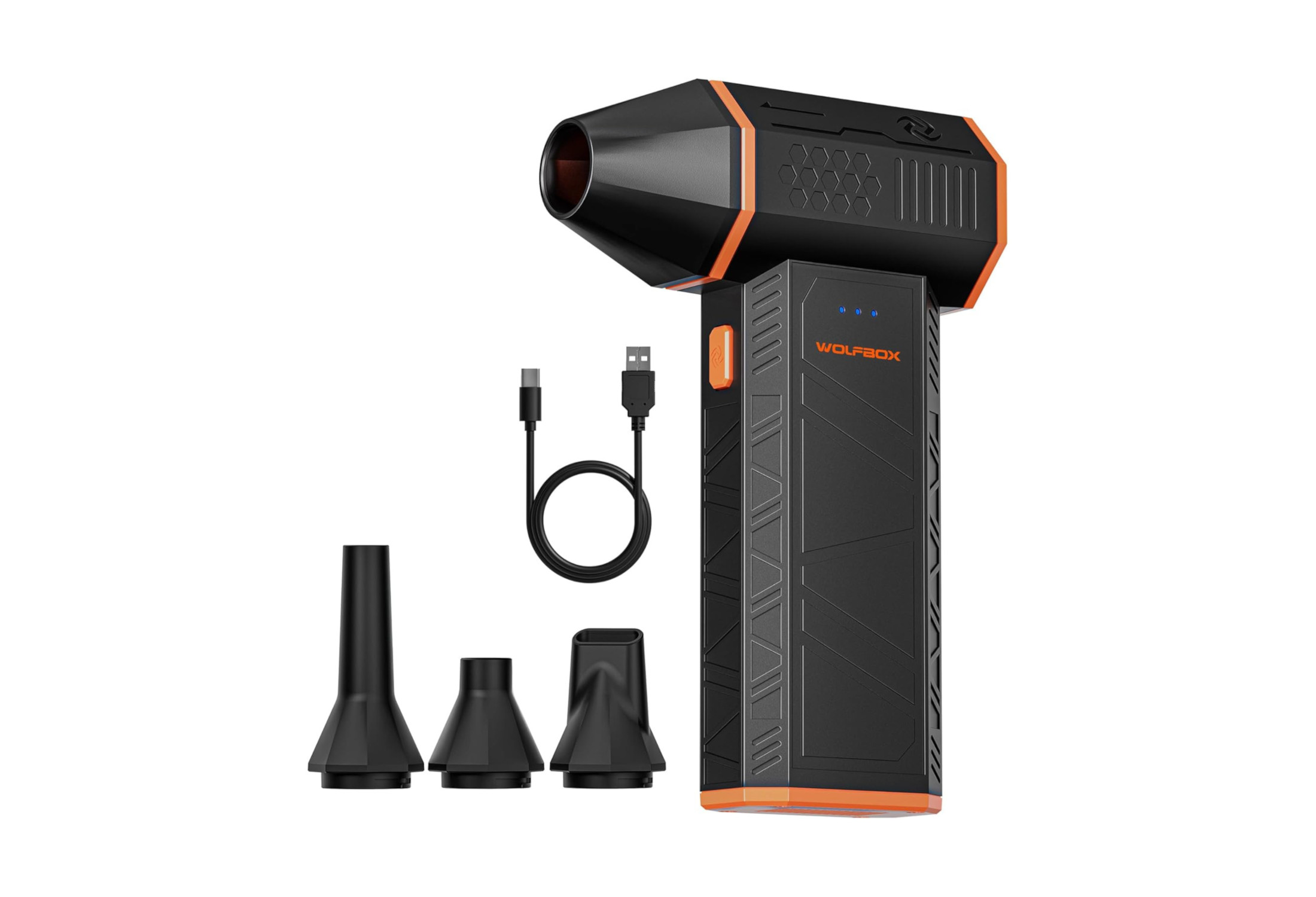Event Inspector
| # | ts (ms) | type | key | code | loc | repeat | mods | isComp |
|---|
Shows raw keydown/keyup data (scancode-ish via event.code). Use to debug layout, modifier state and repeat behaviour.
Chatter / Double-Press Detector
Type normally. We flag a possible chatter if two keydowns of the same key occur within the threshold without a meaningful gap.
| code | presses | suspected | minΔ (ms) | p95Δ (ms) | status |
|---|
Heuristic only: very fast intentional double-taps can look like chatter; lower the threshold to be stricter.
Key Repeat Delay & Rate
Press Start, then pick a key and hold it down until results appear. We measure:
- Initial repeat delay — gap until repeats begin.
- Sustained repeat rate — average frequency of repeated keydown events (Hz).
Combo / Chord Tester
Click Record, press your shortcut (e.g. Ctrl+Alt+K), then replay it a few times. We’ll log success if all required keys are down together.
How to use this page
- Click the page to give it focus, then press Start Capture.
- Open Event Inspector and press a few keys. You should see keydown/keyup with codes and modifiers.
- Type normally under Chatter Detector. If you see “suspected” counts rising for a key, try cleaning or lowering the threshold.
- Under Repeat, press Start, then hold a character key to measure initial delay and sustained rate.
- Use Combo Tester to record a shortcut and replay it to check rollover limits.
- Export JSON/CSV for support tickets or to compare boards.
Safety: avoid running global shortcuts while testing (e.g., OS hotkeys). Keep this tab focused.
Understanding your results
Chatter / Double-Press
- presses: total keydown count seen.
- suspected: times we saw rapid back-to-back keydowns < threshold. Rule of thumb: one-off is fine; repeatable on the same key likely indicates switch bounce or debris.
- minΔ / p95Δ: smallest and 95th-percentile gap (ms) between keydowns. Very low minΔ with non-zero suspected increases suspicion.
Repeat delay & rate
- Initial delay: commonly ~200–600 ms depending on OS settings.
- Sustained rate: typical 10–30 Hz (keys per second). Compare within the same system/browser for best consistency.
Combos / Rollover
- Success rate: if some attempts fail, your keyboard matrix may block that chord or the browser/OS filtered events.
- Tip: try the same chord on different rows (e.g., Q+W+E vs J+K+L) to see pattern differences.
Browser-level limitations
- Timing resolution & scheduling: event timestamps use performance.now(); busy CPUs, background tabs or power-saving can introduce jitter.
- OS & firmware influence: repeat behaviour and debounce occur before the browser; results are approximate.
- Modifiers & IMEs: many systems don’t auto-repeat modifiers; Input Method Editors (e.g., for East-Asian languages) may alter key sequences.
- Rollover proof: the web stack can’t guarantee hardware NKRO; we infer practical limits from what the OS delivers.
- Focus & global hotkeys: the page must have focus. OS/global shortcuts may consume keys before they reach the page.
- Security sandbox: we can’t read raw scan codes from USB/HID without user-approved WebHID, and even then access is limited.
Bottom line: treat values as diagnostic indicators, not lab-grade measurements.
Recommended cleaning & maintenance
As an Amazon Associate, KeyboardTester.uk may earn from qualifying purchases.

Sterlix Air Duster (400 ml)
Quickly blow out dust from key wells and switch tops before testing.

CompuCleaner Xpert - Electric Air Duster
Easily blow away trapped dust and debris from Keyboards, Laptops, Games Consoles and more.

WOLFBOX MF50 Electric Duster
Rechargeable 110,000 RPM blower—powerful, reusable alternative to canned air.
Safety tip: unplug your keyboard before cleaning; avoid tilting canned air; use contact cleaner carefully and allow it to fully evaporate.